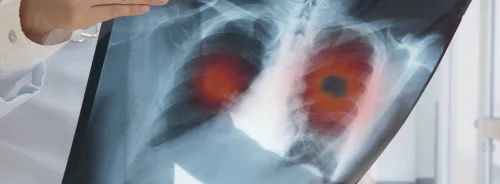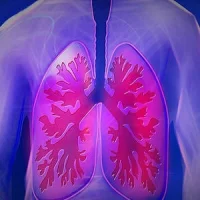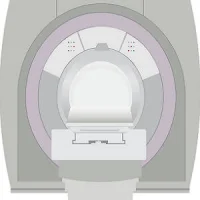New research presented at the European Lung Cancer Conference suggests that men need more frequent lung cancer screening as compared to women.
See Also: The Imaging of Small Pulmonary Nodules
The US Preventive Services Task Force recommends annual screening for lung cancer with low dose CT scan in adults aged 55 to 80 years and who have a 30 pack per year history of smoking and who currently smoke or have quit within the past fifteen years.
Lead author Dr Mi-Young Kim, a radiologist at Asan Medical Center, Seoul, Korea explains that while less frequent screening would reduce radiation exposure, studies with longer screening intervals produced varied results. This may be due to differences in the clinical and radiological presentation of lung cancer in men and women.
During this study, the investigators studied gender differences in newly developed lung cancer and calculated the optimal CT screening intervals for both men and women. 46,766 patients were included in the study who underwent chest CT screening. 282 patients developed lung cancer during the study period. Patients (n=186) diagnosed from the initial CT scan were excluded from the study while those (n=96) diagnosed from subsequent scans were included. The researchers analysed the CT screening intervals in these 96 patients as well as the stage and pathology of lung cancer when it was diagnosed to determine if there were any sex differences.
Findings showed that the average time between lung cancer diagnosis on CT and the previous CT scan was longer in women (5.6 years) as compared to in men (3.6 years). But lung cancer stage at diagnosis was higher in men as compared to in women. 82% of lung cancers in women were Stage 1 as compared to only 49% in men.
Solid nodule was the most common finding in men and ground glass opacity nodule was the most common in women. Adenocarcinoma was most common in men followed by squamous cell carcinoma, small lung cancer and others. In women, all patients had adenocarcinoma.
Dr. Kim points out that most female patients were non smokers and had a lower risk of lung cancer but 87% of men were smokers. That is why further studies may be needed to confirm the sex differences that were observed in this study.
She concluded: "Our study suggests that the annual follow-up interval for CT is too frequent for women, and scans every 2-3 years might be suitable. By reducing the number of unnecessary CT scans, we can decrease radiation exposure and increase cost effectiveness."
Dr. Pilar Garrido, head of the Thoracic Tumour Section of the Medical Oncology Department at Ramón y Cajal University Hospital, Madrid, Spain, highlights that the incidence of cancer is expected to increase in the years to come and that is why there is a need to use personalised screening strategies such as a gender approach for optimum results and adequate resource allocation. It is important to identify the benefits, harms and feasibility of implementing gender-based lung cancer screening policies since the rate of lung cancer prevalence is quite different between men and women as well as among different countries.
Source: European Society for Medical Oncology
Image Credit: Pixabay
References:
‘Optimal screening interval for detection of newly developed lung
cancer: Comparison of sexual difference’ will be presented by Dr Hyun
Jung Koo during the Poster Discussion session ‘Epidemiology and
innovations in biomarker development’ on Saturday, 6 May, 16:45 (CEST).
Lung Cancer Screening. US Preventive Services Task Force .
Lung Cancer Screening. US Preventive Services Task Force .
Latest Articles
lung cancer, cancer screening, CT scans, gender approach
New research presented at the European Lung Cancer Conference suggests that men need more frequent lung cancer screening as compared to women.










